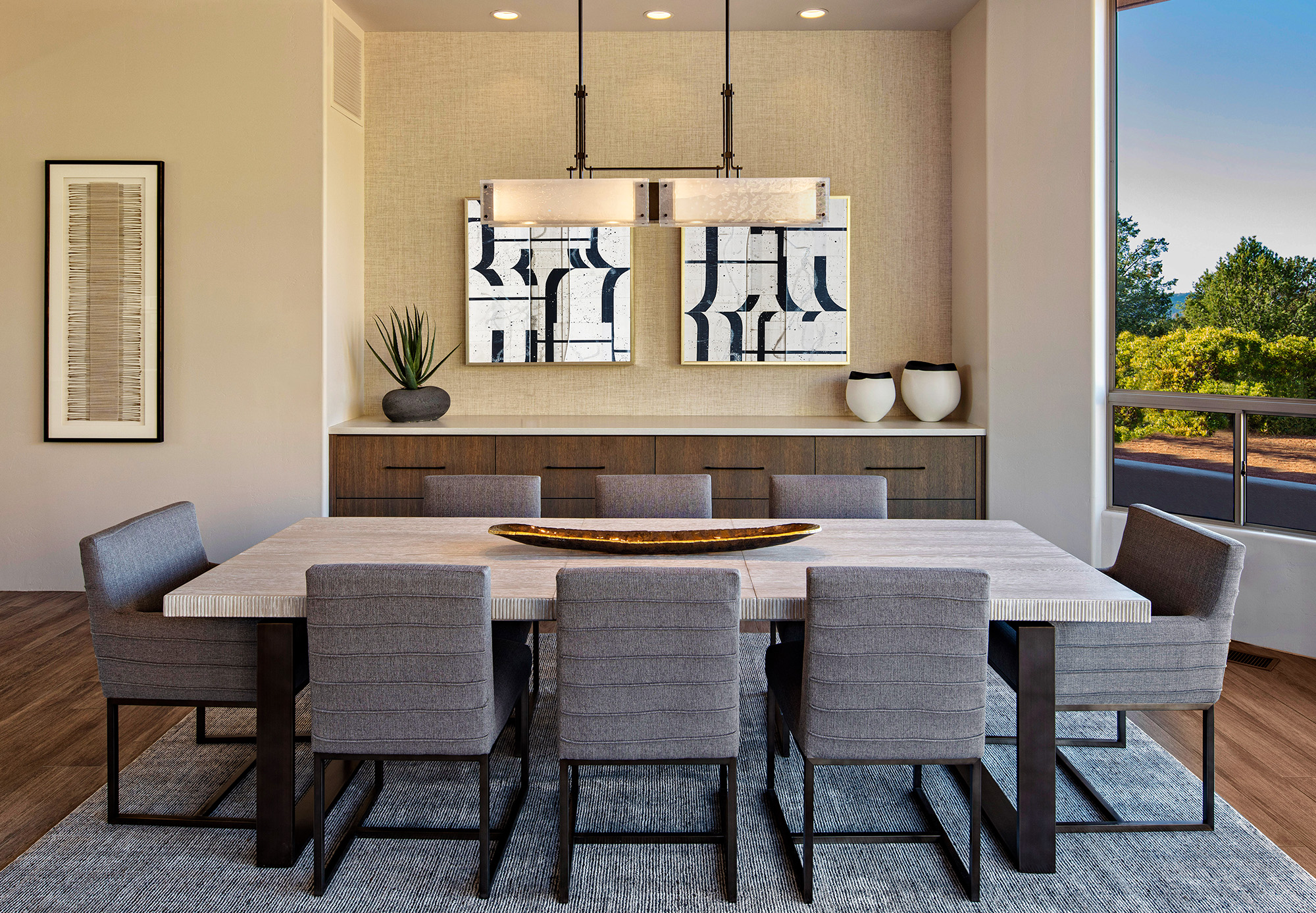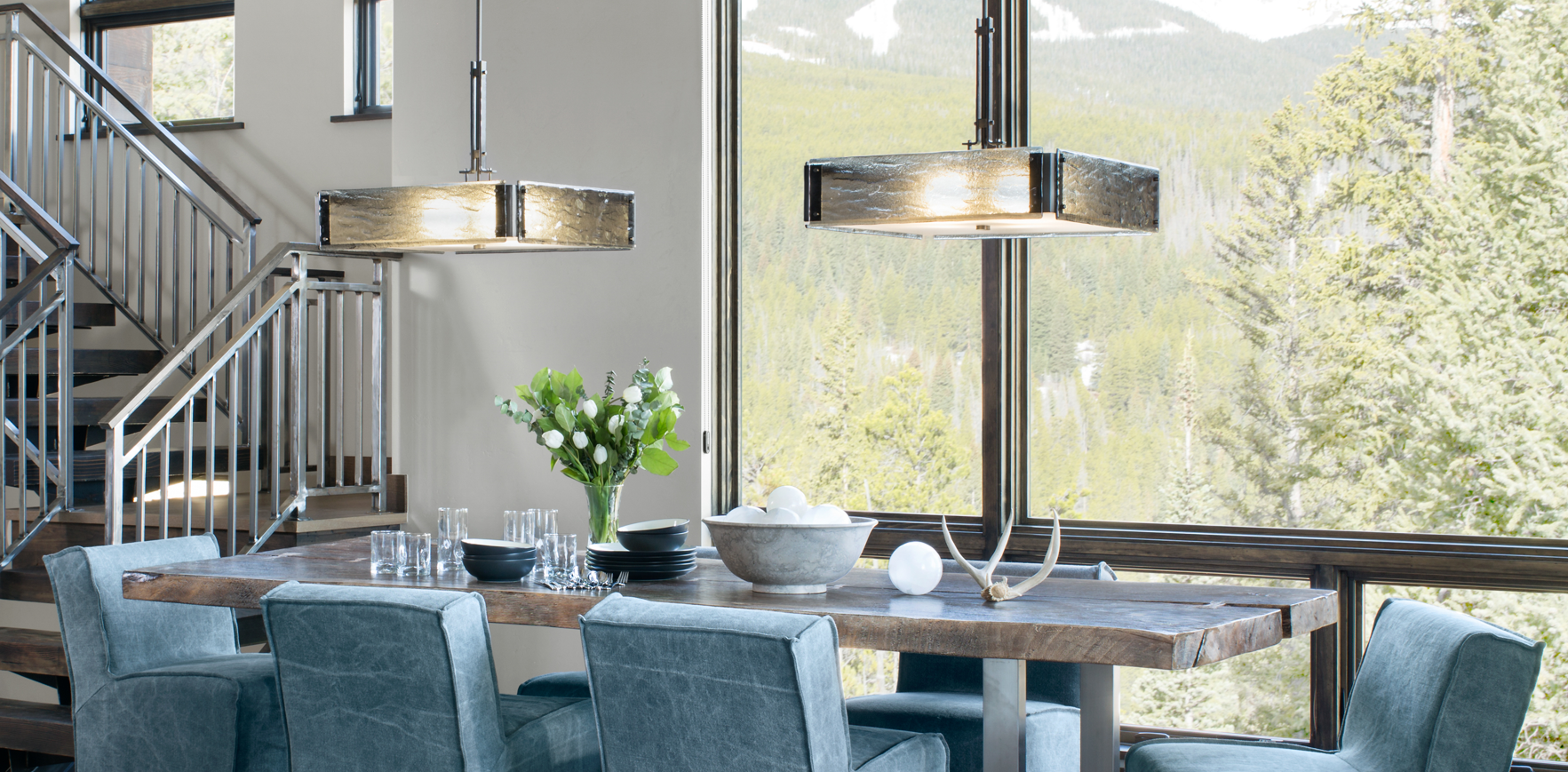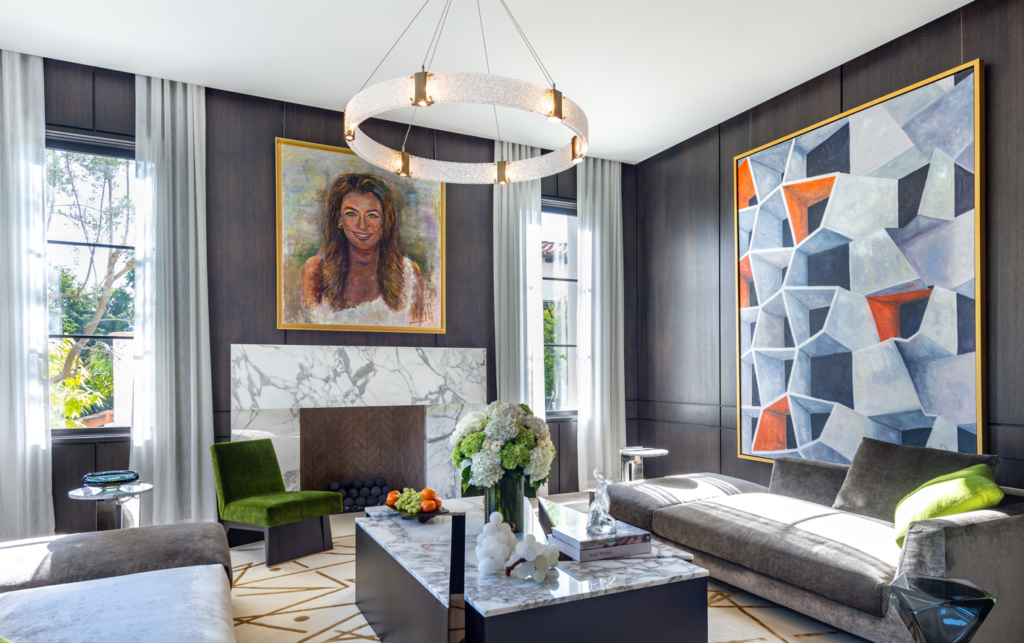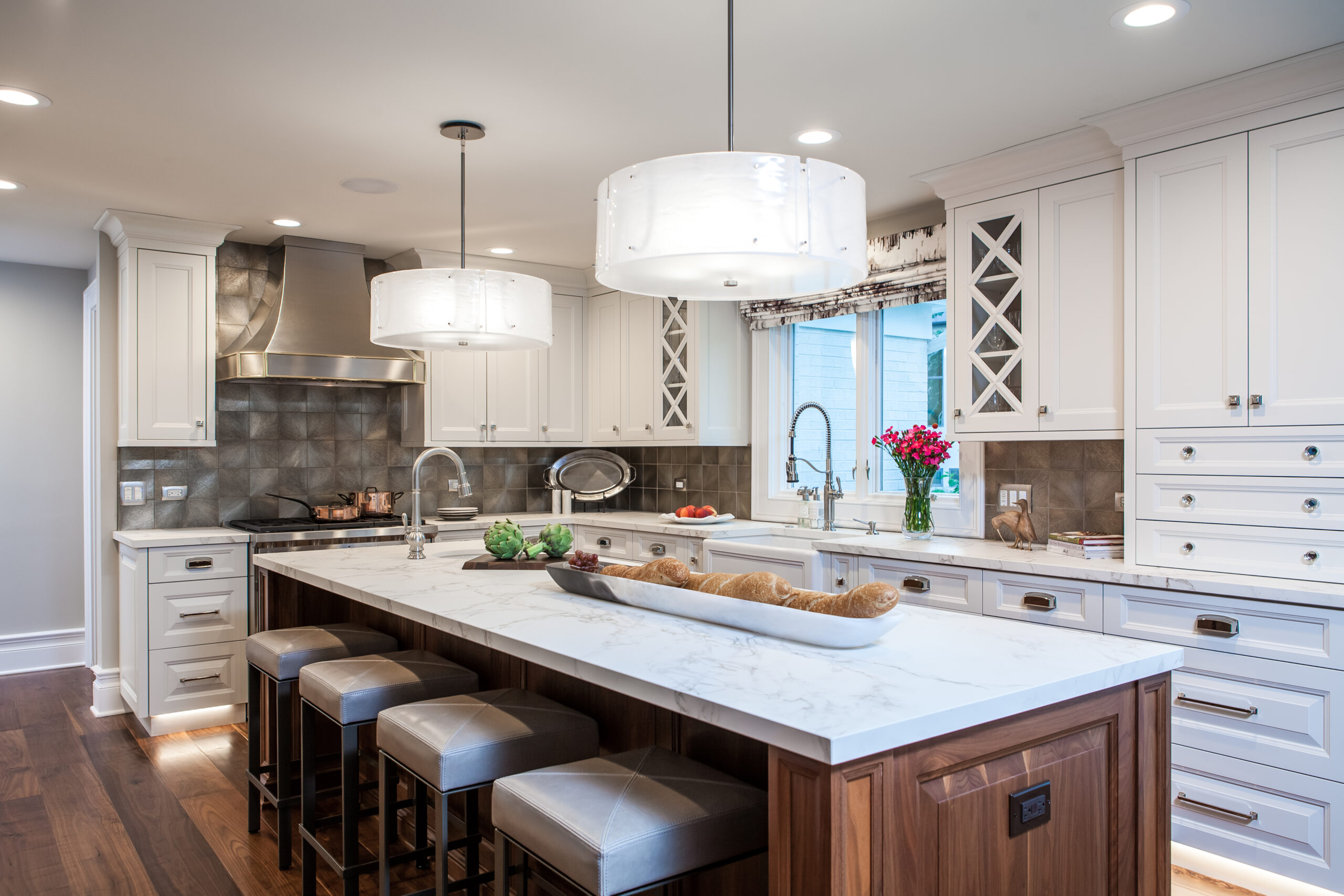Kiln-Fused Glass

Kiln-fused glass is one of the most engaging and versatile materials we work with at Hammerton. In decorative lighting, it offers a wonderfully rich alternative to flat glass, fabric, or acrylic materials. It appeals to both our visual and tactile senses and beautifully accommodates a variety of interior styles.
As an aesthetic element, kiln-fused glass brings warmth to cooler contemporary interiors. It can provide an interesting visual counterpoint in a room with predominantly smooth surfaces. It also adds airiness to spaces with lots of heavy finish materials.

The kiln glass process involves heating sheets of glass in commercial kilns to incorporate texture, shape, and visual interest, typically by fusing multiple pieces of glass together or melting them into a mold. The process is often called ‘warm glass’ because it requires temperatures below 1400℉. By comparison, ‘hot glass’–better known as blown glass–involves temperatures well above 2000℉.

A wide range of interesting visual elements can be achieved using different fabrication methods. Three are used in several of our Hammerton Studio collections:
- Textured: Sheets of glass are melted onto a hand-carved shelf to pick up an organic texture we call ‘Granite’ that’s offered in three colors
- Tack Fused: Small pieces of broken glass (‘frit’) are partially fused onto a base sheet of glass to create a sparkling texture we call ‘Rimelight’
- Fully Fused: Two sheets of glass are completely fused together to create a custom color or visual movement in the material, as seen in our ‘Ivory Wisp’ glass
Each of these fabrication processes typically involves two passes through the kiln. The first pass creates the color or texture, and the second pass creates the shape.

Because glass expands and changes its composition at higher temperatures, kiln-fused glass requires a high level of precision in order to achieve the desired aesthetic characteristics. Firing protocols are equally precise since each fabrication method requires a unique firing schedule incorporating varying amounts of time at six or more temperature levels.
Discover each of our kiln-fused collections below.